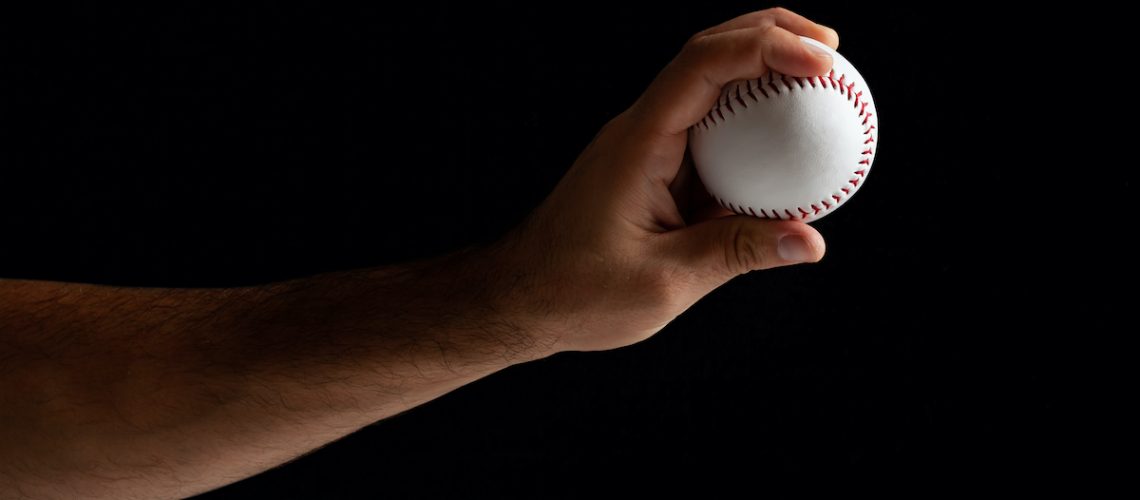America’s Pastime has evolved over the years to incorporate many new areas of sports science. Advancements in technology mean that motion capture can now be used to train pitchers to get their positioning right for improved pitch velocity and effectiveness.
Before motion capture technology was widely available, it was extremely hard to track body movements on film, especially high-speed movements like pitching. Motion capture allows users to track the subtle movement of a player via 3D animations, which enhances training, skill assessment, injury prevention and more.
How does motion capture help train pitchers?
Motion capture can provide solutions that calculate and record biomechanical parameters. With the help of the kinematic report of the upper body and torso, and measurements relating to the technique of a player, experienced analysts can spot aspects of the athlete’s movement that could use improvement and develop training plans accordingly.
Pitchers need to be on their A-game throughout the course of a season because the rigors of the game demand so. Their ability to pitch well and stay healthy have a huge impact on their team.
With motion capture technology, one can assess technique, understand whether the player is at risk of injury, and examine progress over time. It can also be used to compare performance among players, with biomechanics trackers.
Motion capture can be used by teams or individual athletes to enrich their understanding of pitching movement and technique, and identify possible improvements.

